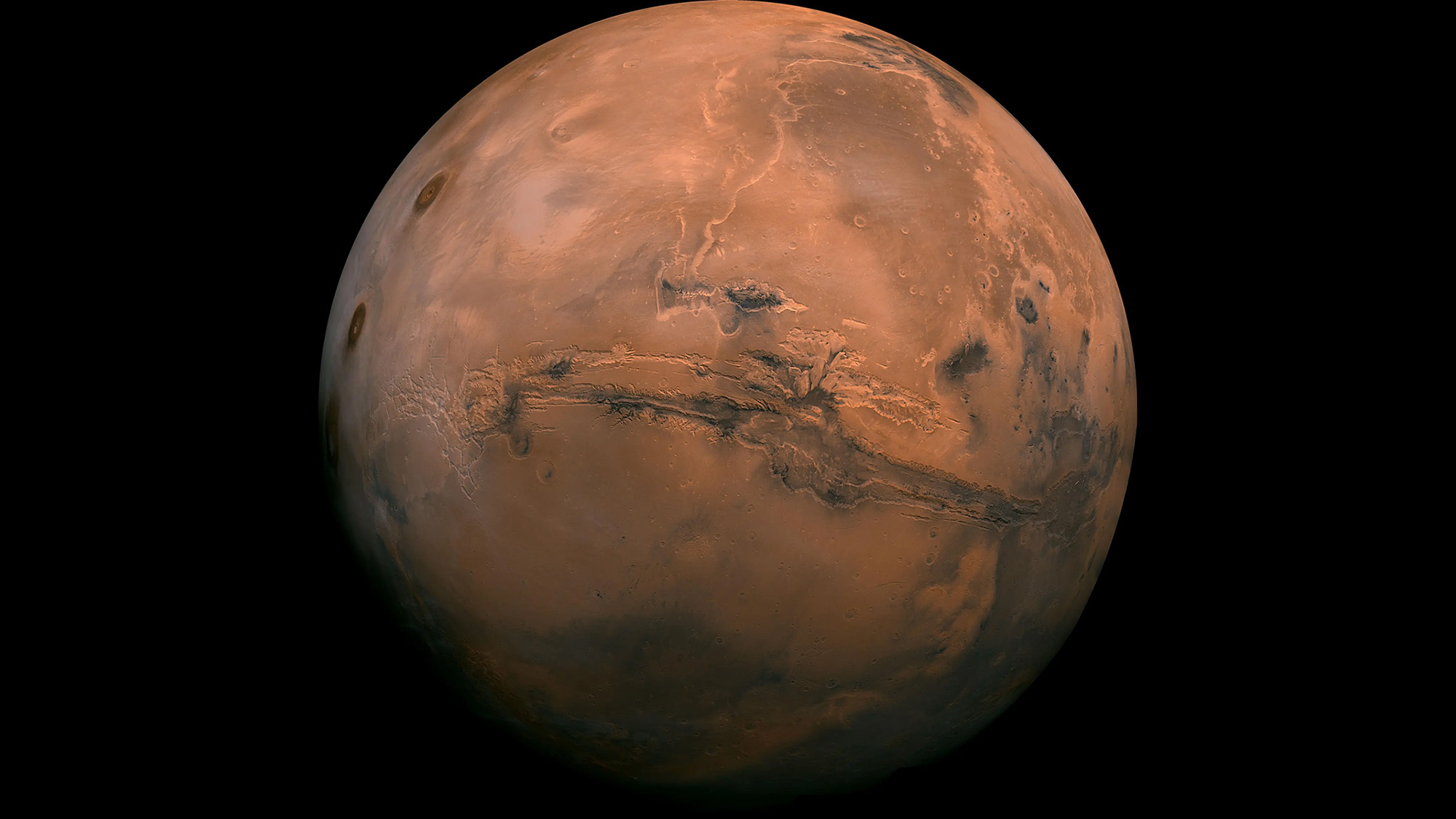

We may earn revenue from the products available on this page and participate in affiliate programs. Learn more ›
Elon Musk’s lifelong obsession with establishing humanity’s future civilization on Mars includes modified Cybertrucks and new, bioengineered species “that are better suited” for life in a SpaceX colony populated, in part, by his many children. These—and many other details of Musk’s dreams of Martian living—are showcased in a wide-ranging June 11 report from The New York Times.
The profile also includes the many potentially insurmountable hurdles that remain in Musk’s path to the Red Planet—but the sprawling rundown omits a couple hurdles in particular. First and foremost: all the modifications needed to ensure a potentially rust-prone, recall-plagued Cybertruck could survive a roughly 140 million mile journey to Mars, let alone navigate its hostile environment.
Cybertruck: Mars Edition
“[Musk] has… said that he envisions residents on the planet will drive a version of the steel-paneled Cybertrucks made by Tesla, his electric vehicle company,” The New York Times writes. But it doesn’t bode well that Tesla’s Cybertruck is already off to a less-than-stellar start here on Earth.
Released in November 2023 after a multiyear delay, Musk’s supposed “favorite car” has received four official recalls (and a recent, arguably unofficial one) so far. Countless stories and videos show the EV bested by modest inclines, and its sharp edges apparently slice fingers with troubling ease. Meanwhile, light inclement weather also seems to produce rust spots on its stainless steel surfaces—that is to say, the Cybertruck’s entire exterior, no matter how shiny.
“Cybertrucks can barely handle off-road conditions on Earth,” Paris Marx, a tech industry critic and author of Road to Nowhere: What Silicon Valley Gets Wrong About the Future of Transportation, tells Popular Science. Marx adds he doesn’t believe “those pieces of junk are ever making it anywhere near Mars.”
To put it mildly, a pre-terraformed Mars is a hazardous, inhospitable wasteland. Temperature regularly fluctuates between -284 degrees and 86 degrees Fahrenheit. And while experts now know that hurricane-force Martian storms are the stuff of science-fiction, its 60 mph winds are still intense, especially when they occur during the “global dust storms” that envelop a planet with a third of Earth’s gravity every few years.
“Mars is a hellhole we’d never want to live on, even if we could,” says Marx. “Elon Musk’s Mars colonization vision has always been a fantasy.”
And then there’s the cost. The only vehicles ever driven by humans off of Earth are NASA’s three lunar rovers (LRVs) deployed during the Apollo 15, 16, and 17 missions. Each 6-11 mph LRV cost approximately $9.5 million to build in 1971, or about $74 million in today’s economy. The Mars Perseverance rover currently roaming the Red Planet set NASA back $2.7 billion. It then stands to reason that, no matter the modifications, Musk’s Mars Cybertruck will cost a bit more than its current $69,990 base price tag—and it will need many more additions than it takes to outfit it for cops.
But for the sake of argument, let’s imagine Musk gets his Cybertruck Mars Edition at some point in the future. What about those bioengineered critters of his?
Breeding a better Mars
Creating “his own species on Mars,” as The New York Times describes, isn’t as simple as Musk may believe.
“I think it’s quite likely that we’d want to bioengineer new organisms that are better suited to living on Mars,” he said in a 2013 interview cited by The New York Times. “Humanity’s kind of done that over time, by sort of selective breeding of done that over time, by sort of selective breeding.”
Setting aside the billionaire’s well documented misunderstandings of race, population, and biology, “selective breeding” is an incredibly problematic term with deep roots in repeatedly discounted modern eugenics theories.
And while humans have bred very specific animals to produce desired traits for millennia, they did this here on Earth—often unsuccessfully, and frequently with complications. Creating completely new animals on Mars will undoubtedly run into unforeseeable issues and risks, if it’s even possible at all. Experts are only just beginning to understand microgravity’s toll on the human body. Recent studies even indicate just making the nine-month sojourn to Mars may permanently damage an astronaut’s kidneys so badly they would require dialysis. Couple that with Martian gravity and radiation, and “selective breeding” could enter an entirely new realm of far-fetched thinking, regardless of humans or animals. Nevermind Musk’s volunteering of his own sperm “to help seed a colony,” according to The New York Times.
Musk’s devotion to Mars is absolute and his dedication is singular. But “civilization secured” through a bioengineered, “Bladerunner” Martian city by 2054? Seems like a stretch.
